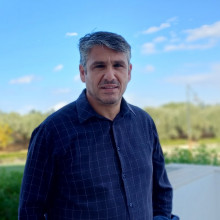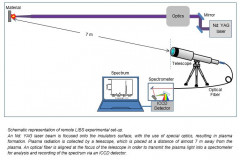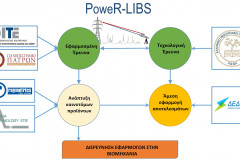The main goal of PoweR-LIBS is to develop a novel diagnostic procedure for the rapid, remote, real-time evaluation of polymeric insulators high-voltage overhead power transmission lines.
The procedure relies on the LIBS technique (Laser-Induced Breakdown Spectroscopy) which enables surface analysis of composite insulators and correlation of the compositional results with the operational capacity of the insulators. In the context of the proposed research an integrated unit will be designed and constructed, based on advanced remote sensing technology, which will enable field deployment of Remote LIBS analysis (R-LIBS) for probing insulators in situ with no need to remove them from the power lines.
In parallel, computational tools will be employed, based on machine- and deep-learning algorithms and neural networks for exploiting the total information in LIBS spectra for achieving reliable classification of the insulators with respect to their operational characteristics. The overall diagnostic procedure includes the use of an Unmanned Aerial Vehicle (UAV) for carrying out aerial inspection of the insulators for identifying on their surface the areas where R-LIBS analysis is to be performed.
The proposed research is expected to produce innovation at several ends. In the research organizations (FORTH, HMU, U of Patras) through the development of know-how on the application of advanced optical diagnostic techniques and computational tools. In the companies, in relation to the design and production of innovative diagnostic systems (RAYMETRICS, LAMDA) and their introduction as new methodologies for power line insulator diagnostics (HEDNO).
Object and Objectives of the "PoweR-LIBS" Project
Development of an innovative diagnostic procedure based on the technique of laser plasma spectroscopy (LIBS – Laser-Induced Breakdown Spectroscopy) that will allow the rapid, remote and real-time evaluation of the physical and functional state of synthetic insulators, type SIR (Silicone Rubber), which they are widely used in outdoor high voltage power transmission lines.
a) design and construction of an integrated Remote–LIBS (R–LIBS) system, for use in the field, based on advanced remote sensing technology for the characterization of synthetic insulators without requiring their removal from transmission lines.
b) use of advanced machine learning algorithms and neural networks in order to develop powerful tools for the processing and evaluation of LIBS spectral data in order to achieve a reliable categorization of insulators in terms of their physical, functional characteristics,
c) use of a remote-controlled unmanned aerial vehicle (UAV/drone) in order to safely approach the insulators and visually inspect them for the more precise determination, on the surface of each insulator, of the appropriate analysis area with the R-LIBS system (and additionally for the investigation of the collection of spectral information by the plasma).
Principal Investigator
Scientific Staff
Technical Staff
Research Associates

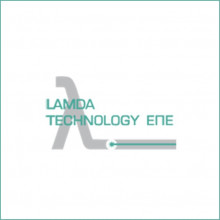

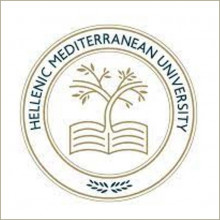
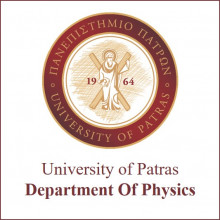
Funding






